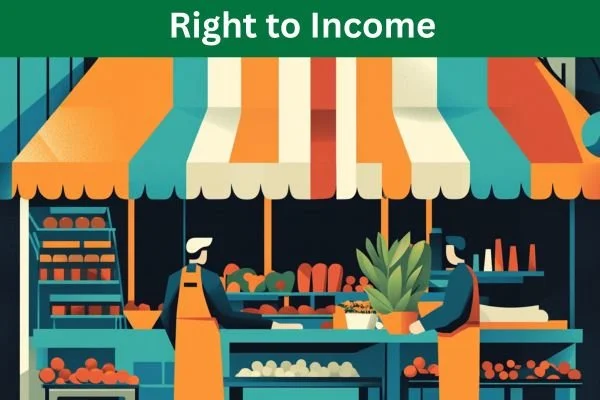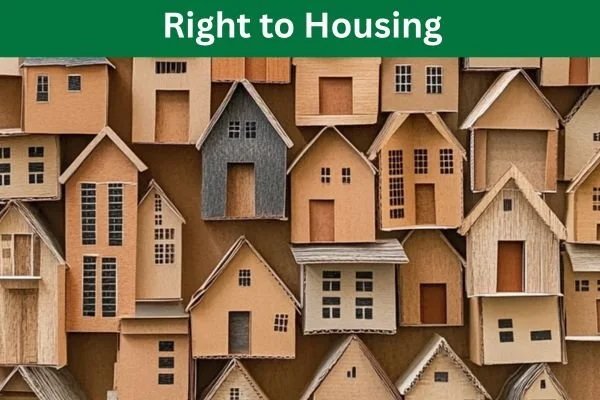
Health Foundations & Public Health
Your mandate is healthier people and equitable systems. By embedding evidence-based wellness, secure data tools, and cooperative economics where residents live, Better Together turns upstream theory into accountable, lasting health gains
Common Challenges Workforce & Union Partners Face
📊 Fragmented SDOH Data
Housing, income, and wellness indicators sit in disconnected systems. Our encrypted vault pulls them into one dashboard that speaks both epidemiology and community organizing.
🌐 Trust & Engagement Gaps
Residents mistrust outsiders or face language barriers. Trauma-aware facilitators, bilingual push alerts, and resident stipends build authentic participation.
🕒 High Admin Cost per Micro-Grant
Vetting grantees, moving small dollars, and chasing receipts devour staff hours. In-app voting, escrow release, and photo proof automate the workflow.
📑 HIPAA & Consent Hurdles
Health partners fear privacy fines. AES-256 encryption, role permissions, and click-wrap consent screens exceed HIPAA-adjacent standards.
🔍 Attribution Doubts
Funders ask, “Did our dollars move the needle?” Time-stamped interventions link directly to stress scores, rent arrears, and ER diversion metrics.
⚖️ Sustainability Concerns
Great pilots fizzle when grants end. Cooperative income streams and shared-service savings keep programs alive without permanent subsidy.
Better Together
We braid trauma-aware facilitation, secure tech, and micro-grant capital inside resident communities—turning social-determinant theory into measurable, funder-ready health outcomes without swamping staff in paperwork.
Why This Matters to Health Foundations & Public Health
-

Upstream Cost Savings
Stabilizing housing, income, and social cohesion can cut avoidable ER visits and chronic-stress comorbidities—freeing dollars for further prevention.
-

Equity & Trust
Resident-led decisions, bilingual templates, and transparent finances close the trust gap that often sinks public-health outreach.
-

Policy Leverage
Data-rich stories of healthier, wealthier buildings arm advocates to win systemic changes in housing, labor, and health law.
-

Community Wealth Loop
Dollars from union jobs recirculate in the same buildings, strengthening both the local economy and union density.
Our Programs Work Better Together
-

My Realest State
Wellness-wheel circles and rapid-aid grants drop resident stress scores and build trust before clinical referrals roll out.
-

Higher & Hire Expectations
Stipends and badges train peer health navigators who extend your workforce for screenings, contact tracing, or food-as-medicine pilots.
-

Building Cooperatives
Resident co-ops reinvest savings into healthy-building upgrades—ventilation, gardens, fitness rooms—that outlast any grant cycle.
-

Teamwork Mobile App
Every task, vote, dollar, and wellness metric lives in one encrypted hub—ready for PHAB or CDC reporting in two clicks.
Potential Add-ons
-
Split-pot dollars could fund resident-designed health projects and pay trusted vendors; escrowed releases + photo receipts meet audit rules while cutting staff admin by 70 %.
-
AES-256 vault, click-wrap consent, and annual white-hat tests protect HIPAA-adjacent data; funders gain read-only dashboards—no insecure spreadsheets.
-
Live SDOH indicators—stress scores, arrears, ER visits—auto-populate grant and PHAB reports, turning weeks of data wrangling into minutes.
-
Story bank, press bot, and bilingual reels turn raw metrics into compelling public narratives that boost policy wins and donor confidence.
-
Daily backups, offline capture, and 48-hour migration drills keep data flowing during outages, disasters, or cyber threats—crucial for continuous monitoring.
-
Bulk-rate telehealth kiosks, healthy-food boxes, and air-quality sensors stretch grant dollars and improve clinical ROI without separate procurement hoops.
-
Flat-fee clinics draft MOUs, IRB addenda, and data-sharing agreements so pilots launch fast without legal bottlenecks.
-
Rapid-pay stipend cards and 3 % micro-loans address financial toxicity, a root driver of poor health, while giving partners aggregate spending data for ROI analyses.
How We Measure Success
Resident Wellness Scores
Stress and burnout indices captured at circle check-ins, benchmarked monthly.
Clinical Utilization
ER visits and avoidable hospitalizations (self-reported + claims where available) compared pre/post intervention.
Economic Stability
Dues compliance, arrears reduction, and stipend earnings tracked in the finance module.
Program Reach & Equity
Participation rates disaggregated by language, age, and disability status ensure no one is left out.
Data Security
Zero breaches, on-time consent renewals, and HIPAA compliance audits passed.
Return on Investment
Grant dollars vs. downstream cost savings (ER diversion, eviction prevention) calculated semi-annually.
Quarterly dashboards ship to program officers; an annual impact brief blends stories, photos, and stats for boards and public release. Every 90 days we “Pause–Reflect–Improve” with health partners and resident leaders.
Frequently Asked Questions
-
Core access is free; modules like the data vault or legal clinics run on sliding-scale fees, often grant-offset.
-
Yes—open API and CSV exports push SDOH data into most major public-health systems.
-
AES-256 encryption, role-based permissions, and signed consents exceed HIPAA and GDPR standards.
-
Our Legal Ready Package includes template IRB language and can route through partner university boards if required.
